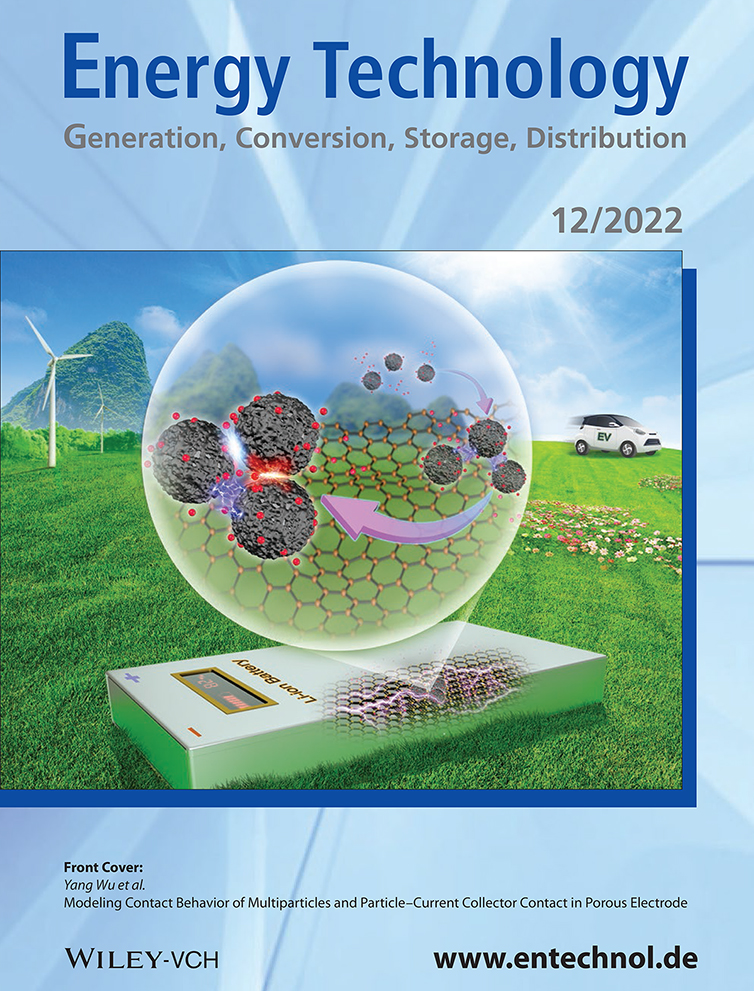Selectively Harvesting Nonvisible Photons in Hybrid Solar Lighting Systems for Power Generation in Buildings
Abstract
Hybrid solar lighting (HSL) systems reduce building energy consumption by supplementing conventional indoor lighting with solar light that is channeled into the building using optic cables. Herein, it is demonstrated that HSL systems can be improved by harnessing the nonvisible portion of sunlight to generate electric power. HSL systems are integrated with parabolic- and elliptic-shaped solar spectrum splitters (SSSs) that partition collimated solar radiation into its visible and nonvisible parts. In the proposed SSS, luminescent materials and a bifacial photovoltaic cell capture and convert light energy in the spectral ranges from 280 to 435 nm and 675 to 900 nm into electricity. The visible light is coupled to a waveguide to be used in indoor lighting systems. The proposed HSL system is analyzed for a 0.2 m2 projected area of solar radiation and the results show that a nonvisible-light-to-electricity conversion efficiency of up to ≈13.4% can be achieved for light entering the SSS. The power generated in the system can be used to power the electrical components of the HSL system and indoor lighting during off-sun hours.
Conflict of Interest
The authors declare no conflict of interest.
Open Research
Data Availability Statement
The data that support the findings of this study are available from the corresponding author upon reasonable request.




